The American artist Peter Halley creates a multi-part installation of his complete oeuvre in the SCHIRN rotunda.
From May 12 to August 21, 2016 the Schirn Kunsthalle Frankfurt is presenting the installation The Schirn Ring by the American artist Peter Halley (*1953). Halley has developed a multi-part installation, using the architecture and spatial conditions of the Rotunda and the Schirn Kunsthalle as his starting point. Halley’s installation begins in the exterior space of the Rotunda, then extends into the interior of the Schirn, employing the two ring-like galleries that surround the Rotunda as well as the adjacent exhibition space on the second floor. Across an area of some 450 m² Halley has designed an atmospheric, spatially complex, inventively coded environment that draws on both current and older elements of the artist’s oeuvre.
Today as our lives are being shaped by the algorithms of the digital industry, we are standing in the middle of a Halley composition.
Halley achieved notable fame in the 1980s with his Day-Glo geometric paintings that challenged previous assumptions about abstract art through his insistence that geometry is always tied to social realities. Today he is considered to be one of the most influential artists and art theorists in the United States. Since the mid-1990s he has also been creating site-specific installations for art galleries and public spaces in Europe, America, and Asia. Peter Halley’s installations are always grounded in his understanding of the cultural and architectural context of the spaces for which they are made.
The Rotunda as a high-energy collider
Thus, the development of The Schirn Ring was preceded by an intensive study of the architectural and conceptual context of the Schirn Rotunda. Halley sees the architecture of the Rotunda as loaded with cultural associations: the Rotunda’s form echoes that of the nearby historical, Neo-classical Paulskirche. At the same time, it is on axis with the adjacent Frankfurt Dom. From there, Halley went on to explore analogous elements in the architecture of the Schirn Rotunda and the design of the CERN Large Hadron Collider in Geneva. He imagined the Rotunda itself as a high-energy collider full of explosive energy bathed in yellow light.
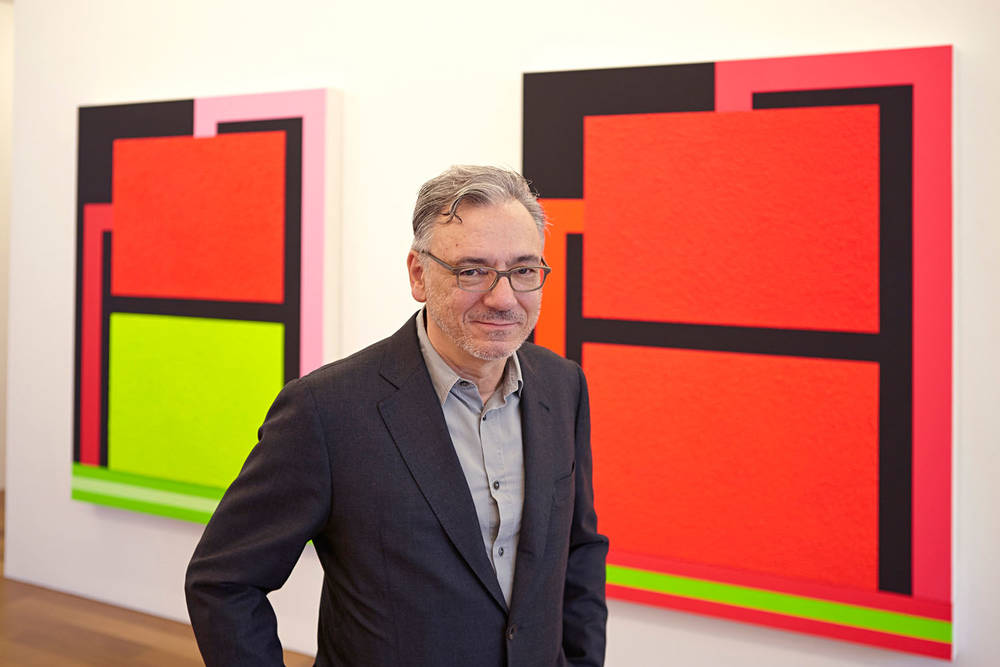
Max Hollein, the curator of the exhibition and the Director of the Schirn Kunsthalle Frankfurt, comments: “Thirty years ago, Peter Halley was already far ahead of his time: his geometric paintings with their characteristic iconography of prison, cells, and conduits demonstrated the logic, the interdependences and forms of organization of the social space. His works have a strong seismographic quality: in his geometric-abstract pictures and his location-specific installations he casts an analytical and critical look at the spatial, communicative and organizational structures which dominate people’s everyday lives. Today as our lives are being shaped and changed by the algorithms of the digital industry and by the superficial charms of the media world, we are standing in the middle of a Halley composition.”
Two immersive installations
Taking up the idea of the particle accelerator, Halley charges the entire space of the Schirn Rotunda with energy. Sunlight entering from the skylight passes through a 14 meter translucent disc, filling the space with an artificial yellow light; the entire floor is painted yellow to further intensify the effect, while two floors of the Rotunda’s perimeter are clad with a grid of 3-meter-high reflective digital prints using Halley’s semi-abstract explosion images repeated 28 times in two rows.
In the circular galleries surrounding the Rotunda, the artist has made two additional immersive installations. In the first floor gallery, Halley has covered the walls from floor to ceiling with a digitally printed mural illuminated only with ultraviolet black light. Rendered in delicate glowing white lines on a deep blue background, Halley has reproduced, with myriad repetitions, his computer-drawn studies for his prison paintings, transforming the wall into an endless luminous grid.
Notations taken from the particle physics
Visitors follow a route around this closed circle, from which they cannot look out into the open space. Under the black light, the feeling of disorientation becomes intentionally heightened. On the entire wall of the second floor gallery, against a yellow background, Halley presents a montage of drawings reproduced from his sketchbooks of the1980s (presented publicly here for the first time), mixed together with diagrams from the Large Hadron Collider and other notations taken from the particle physics.
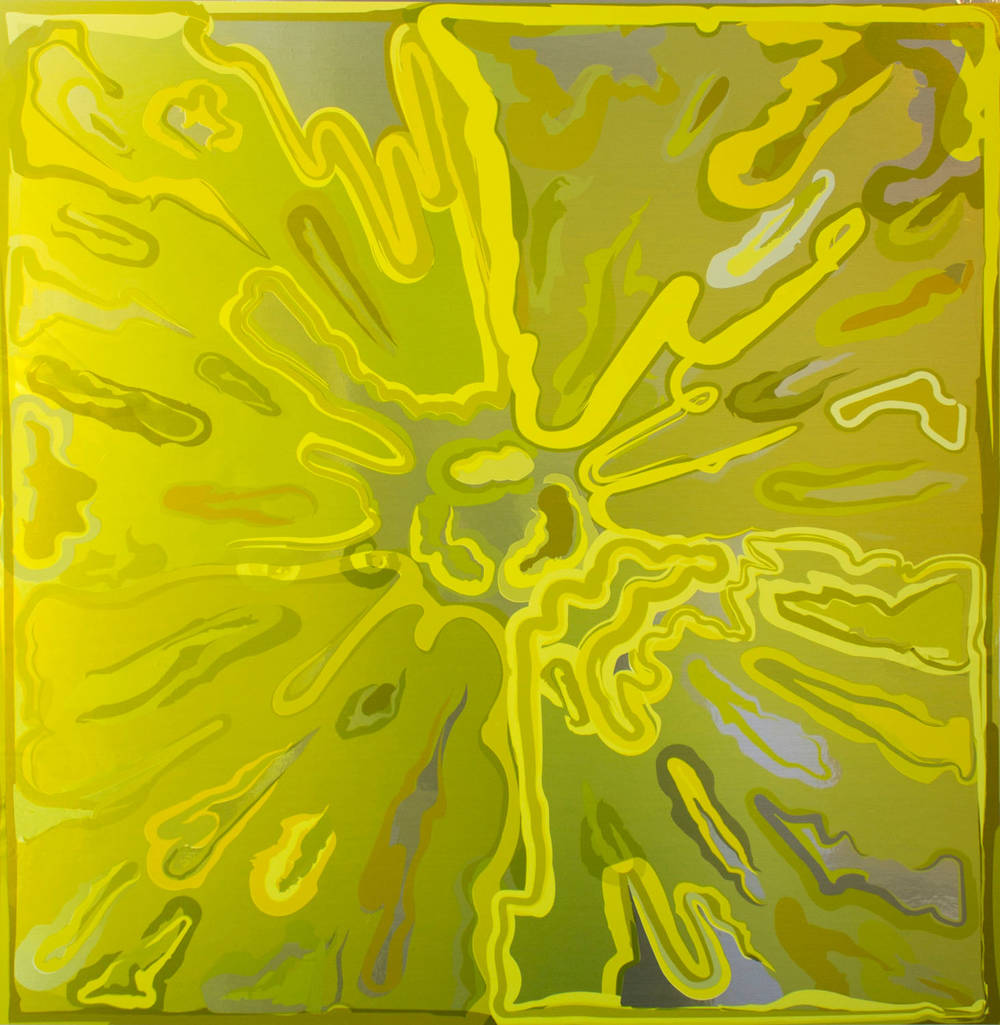
Seeing how the artist has arranged this vast amount of material over a distance of 45 meters provides a differentiated insight into Halley’s complex creative process, his specific motifs and their development. These 1980s studies serve the artist to this day not only as direct preliminary studies for his paintings but also as reference material for his digital prints, installation concepts, and theoretical essays. Halley himself imagined the overabundant notations on the walls as an imaginary code producing the explosive energy present in the rotunda itself. The Schirn Ring culminates in a final exhibition room that visitors enter through a doorway in the second floor corridor gallery.
An early video game syntax
In this gallery, Halley has placed several more works from the early years of his career. His pioneering painting, Rectangular Prison with Smokestack from the year 1987, holds center stage. It is accompanied by two wall-size flow-chart diagrams from the late 1990s, demonstrating Halley’s early interest in the algorithms that were beginning to dominate digital processes. Lastly, the artist has included a digital animation video of 1983, Exploding Cell. Using an early video game syntax, it depicts a narrative in which one of Halley’s cells becomes filled with red-hot gas and explodes. With this early video, Halley refers back to the theme of the Explosion that dominates the Rotunda. In so doing, he reminds us that his work has come full circle in this major installation, The Schirn Ring.
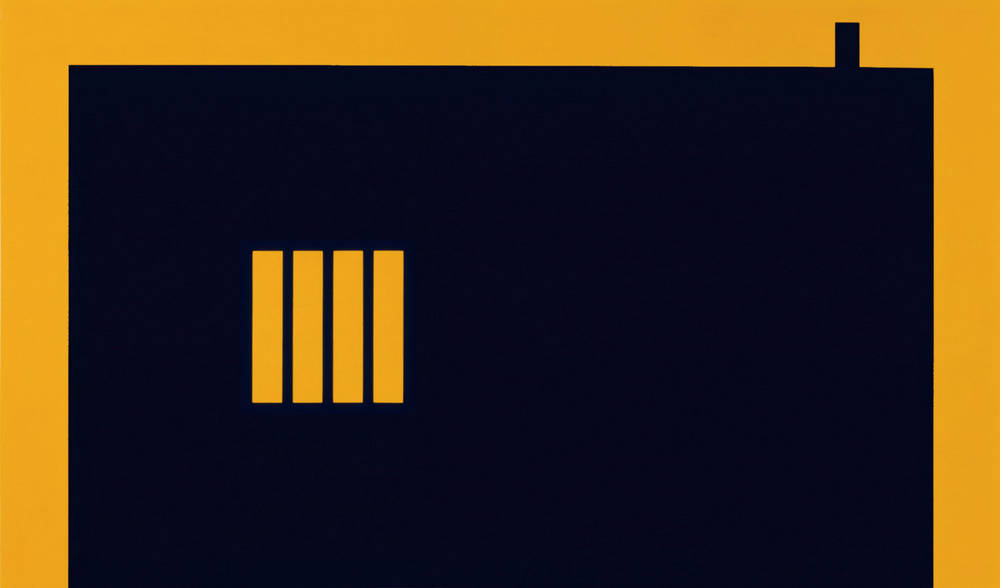
The artist and cultural theorist Peter Halley has lived and worked in New York City for over 35 years. From 1996 until 2005 he was the publisher of index, a magazine which presented the city’s diverse cultural scene. Halley’s studio became a meeting place for artists, authors, photographers and creative people from a variety of spheres. He was director of the MFA painting program at the Yale University School of Art from 2002 to 2011. Halley studied History of Art at Yale, where he graduated in 1975, and Fine Arts at the University of New Orleans, graduating in 1978.
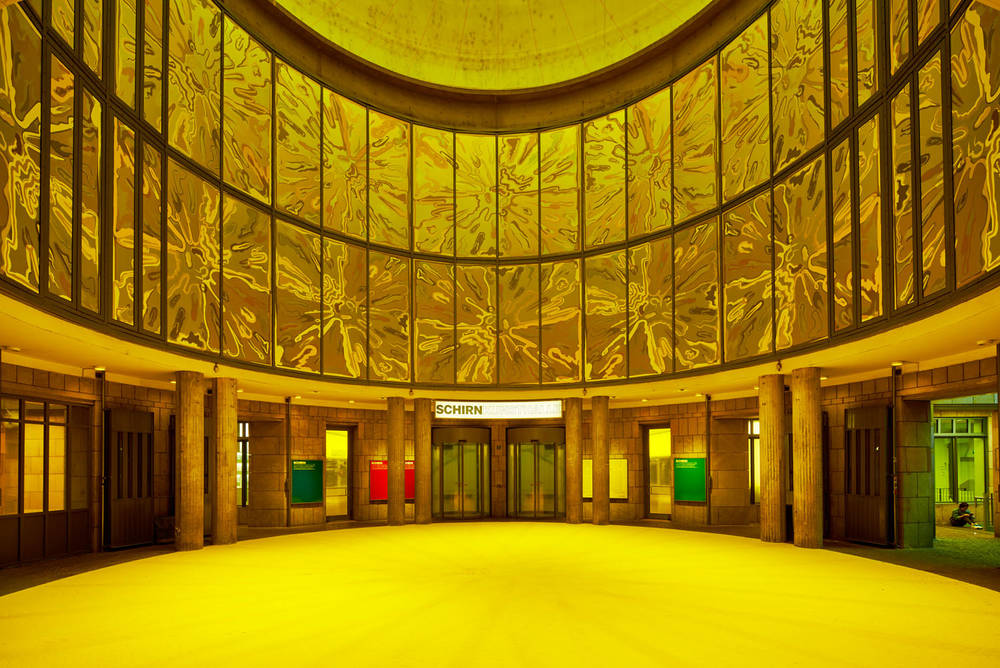
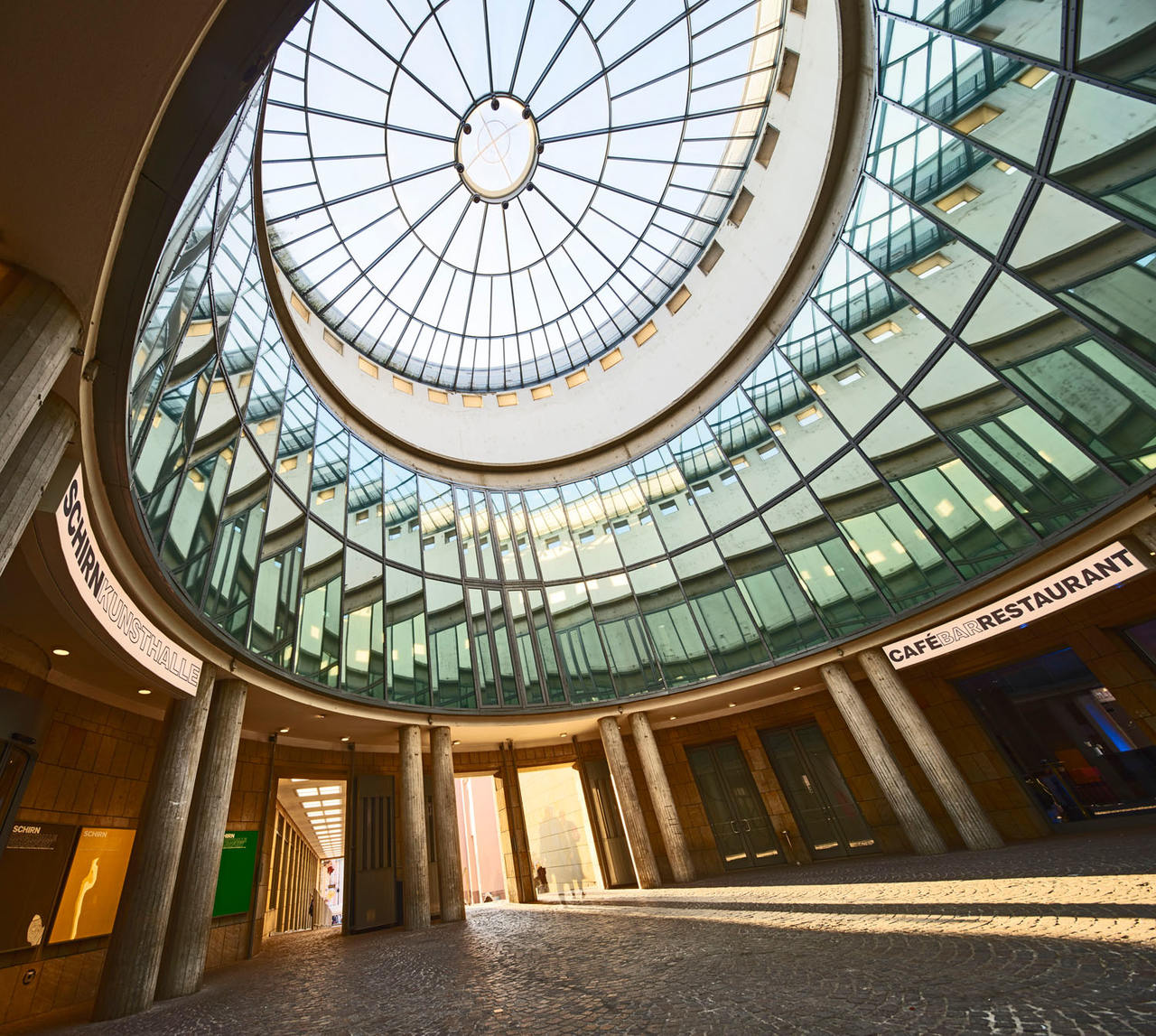
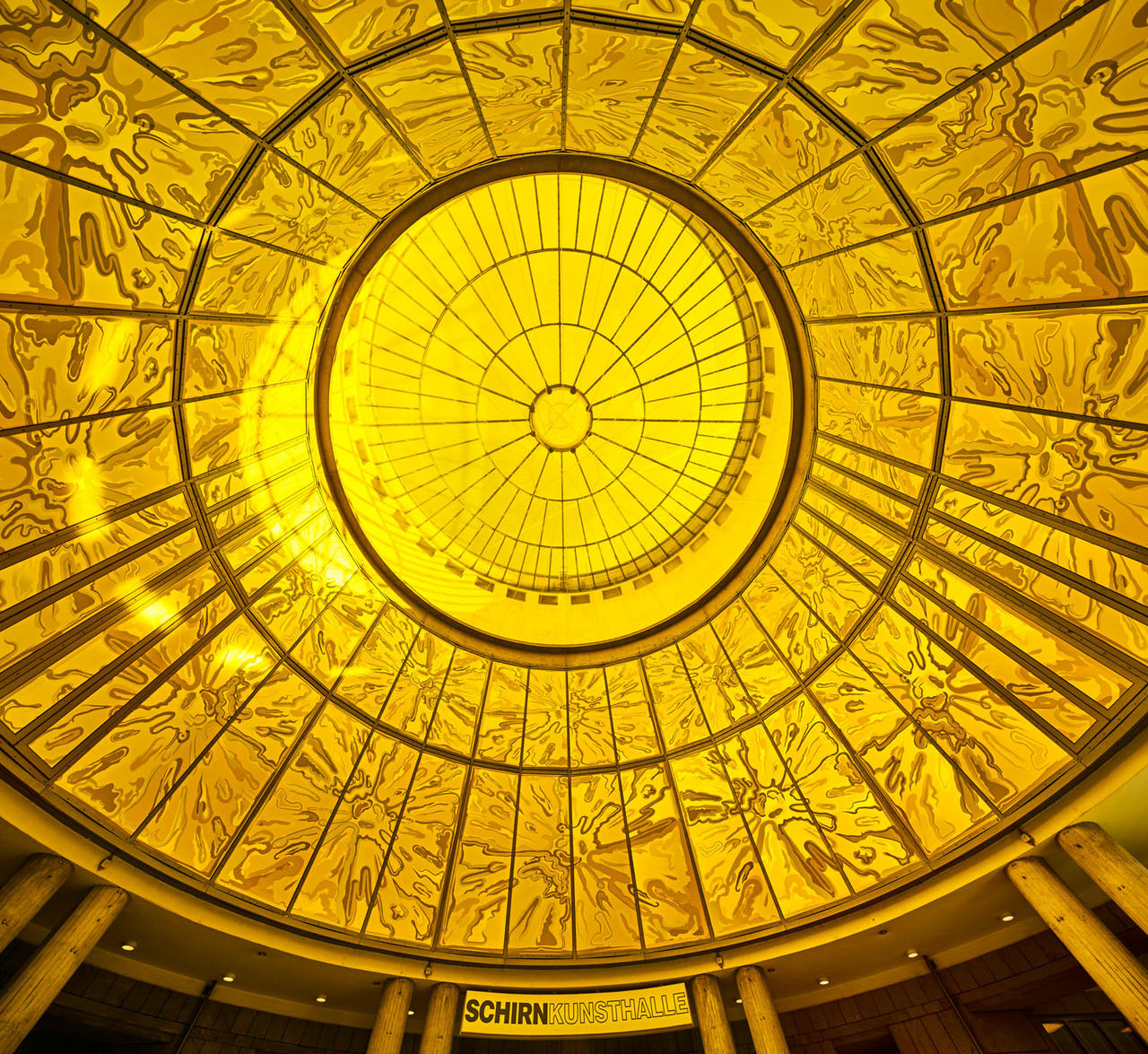
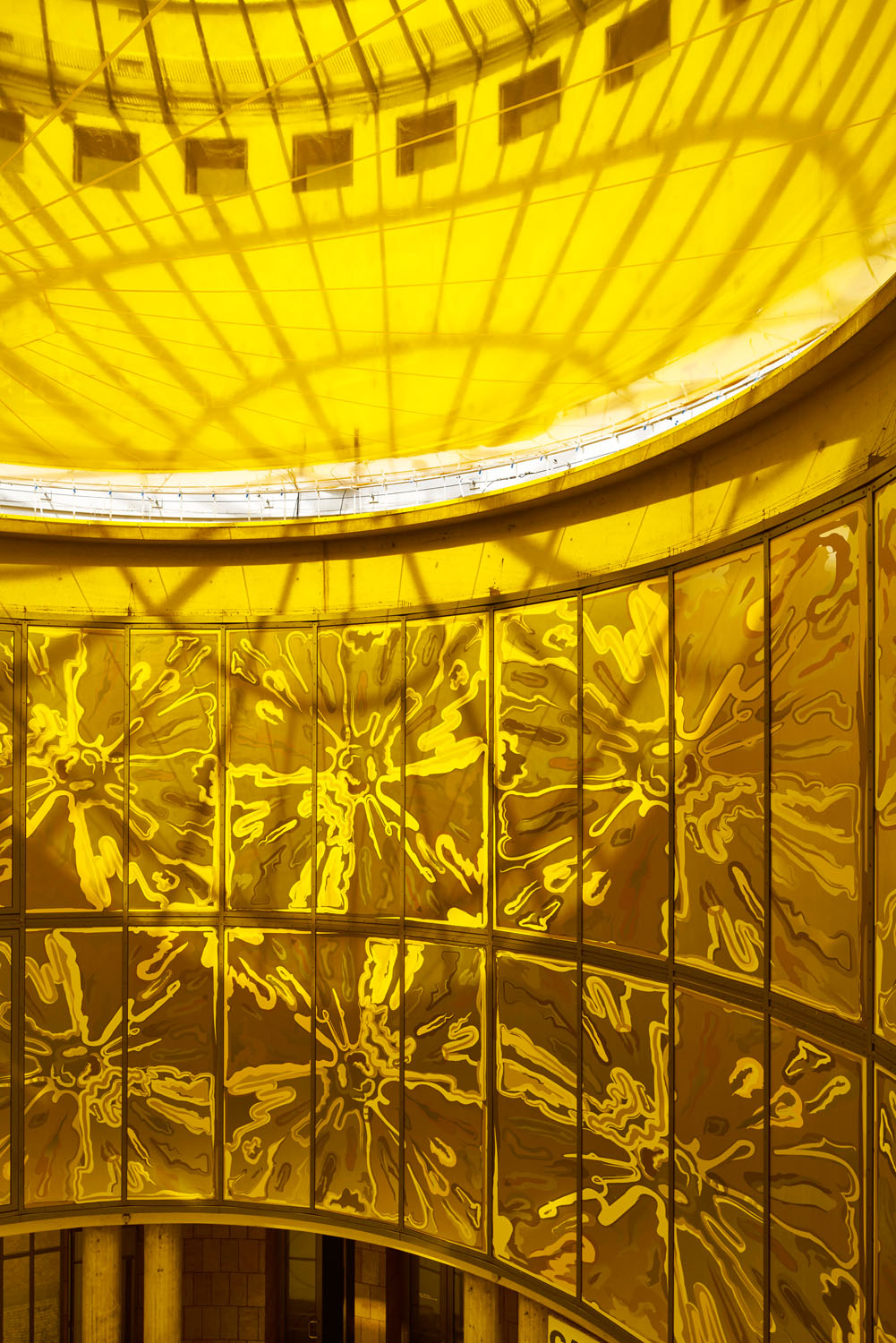
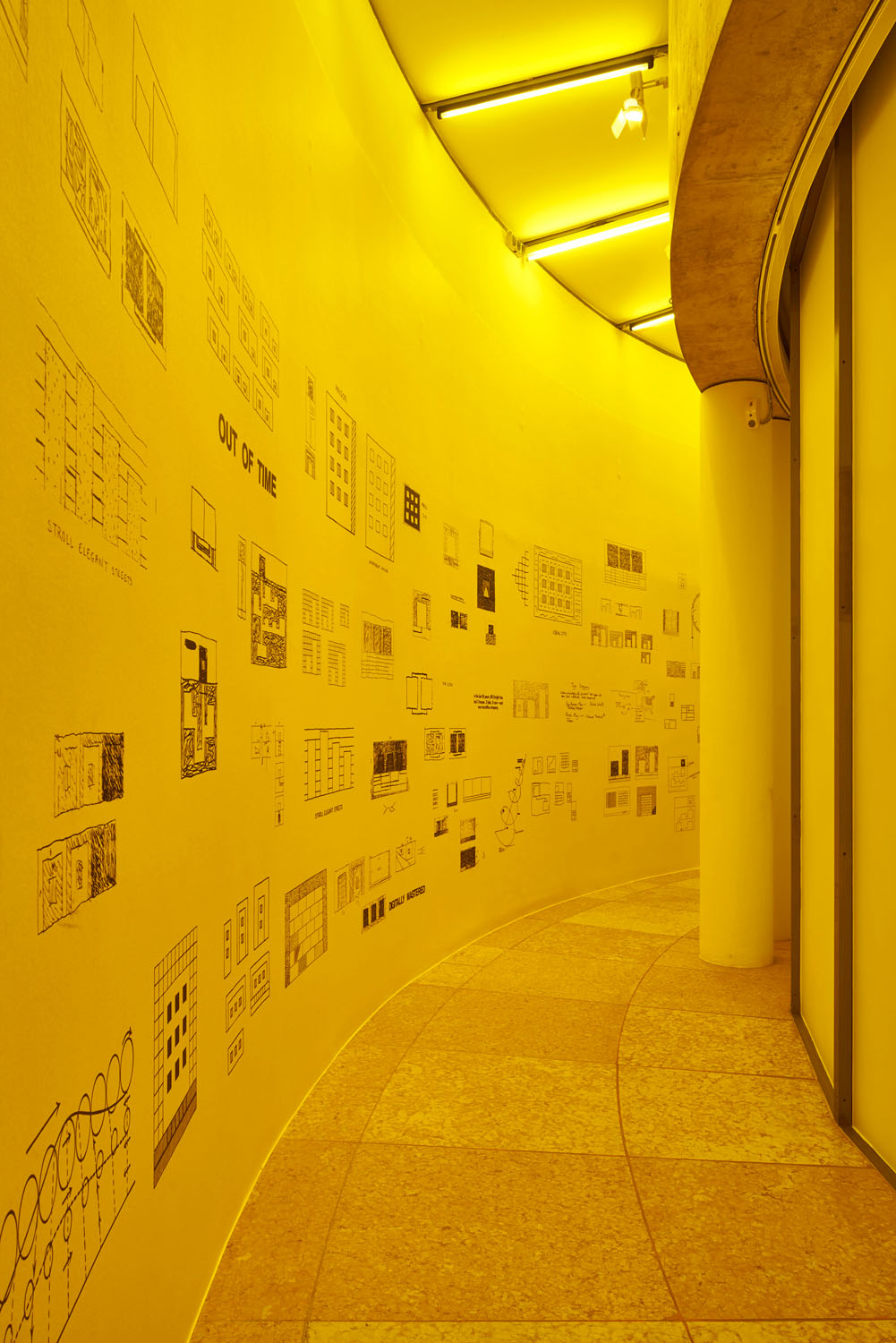
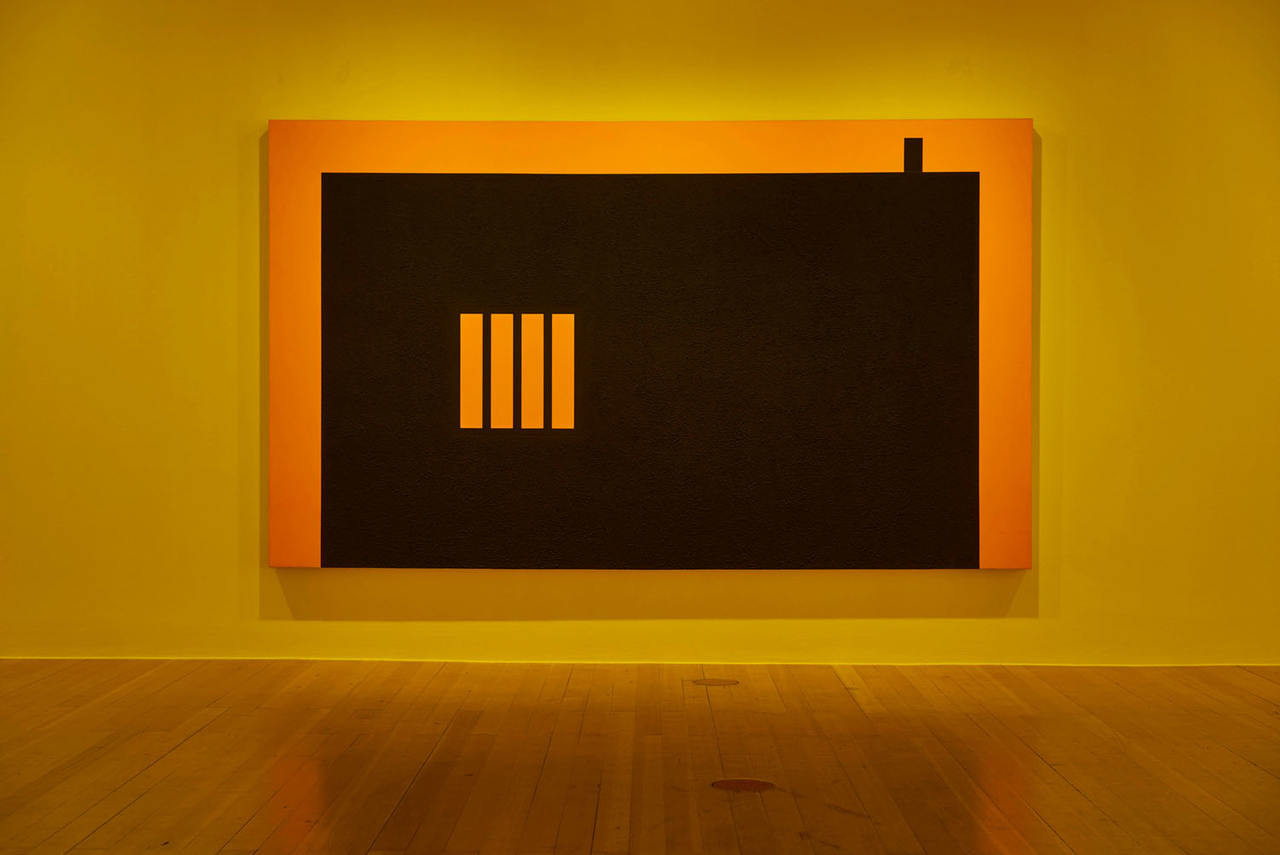
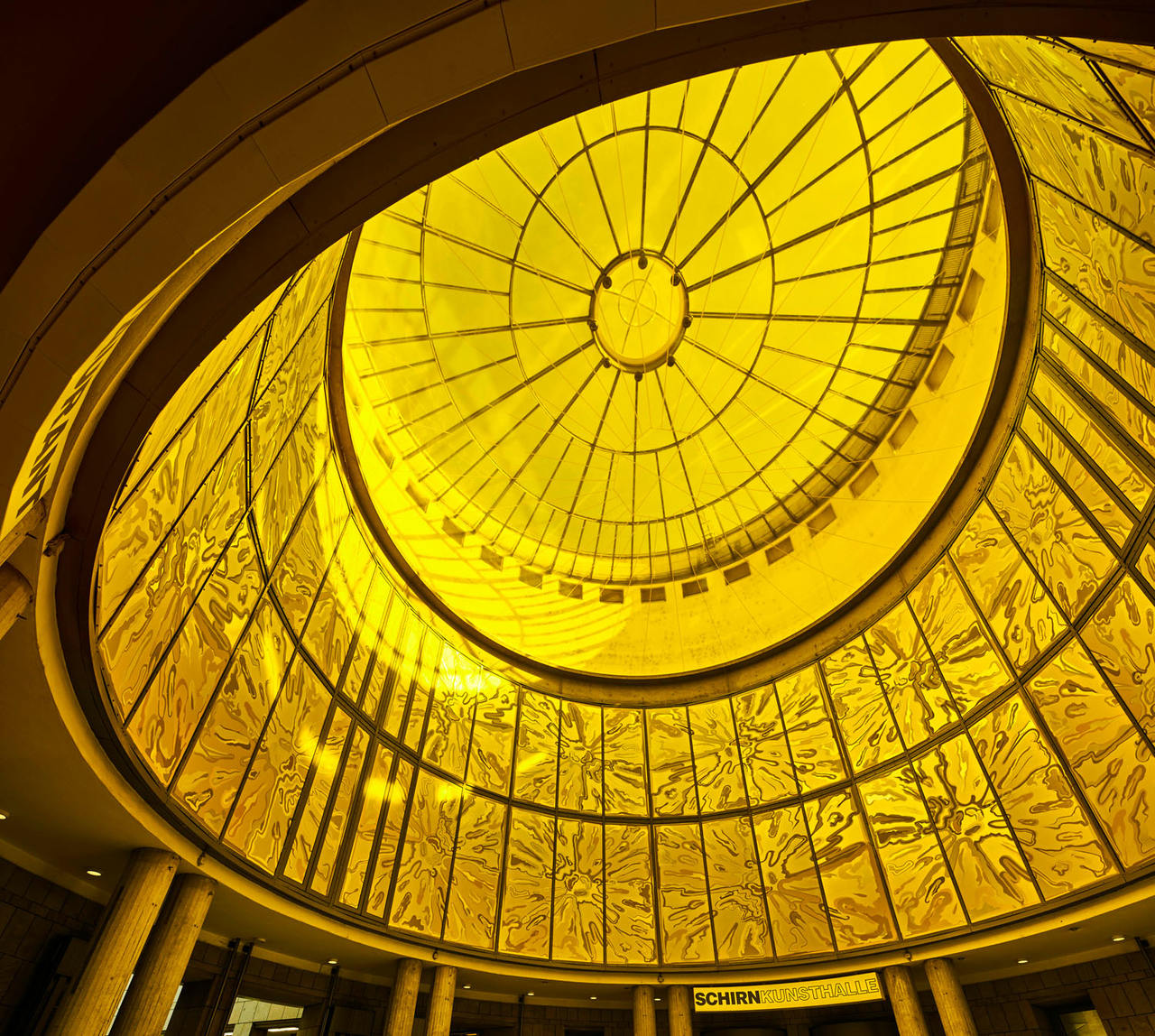
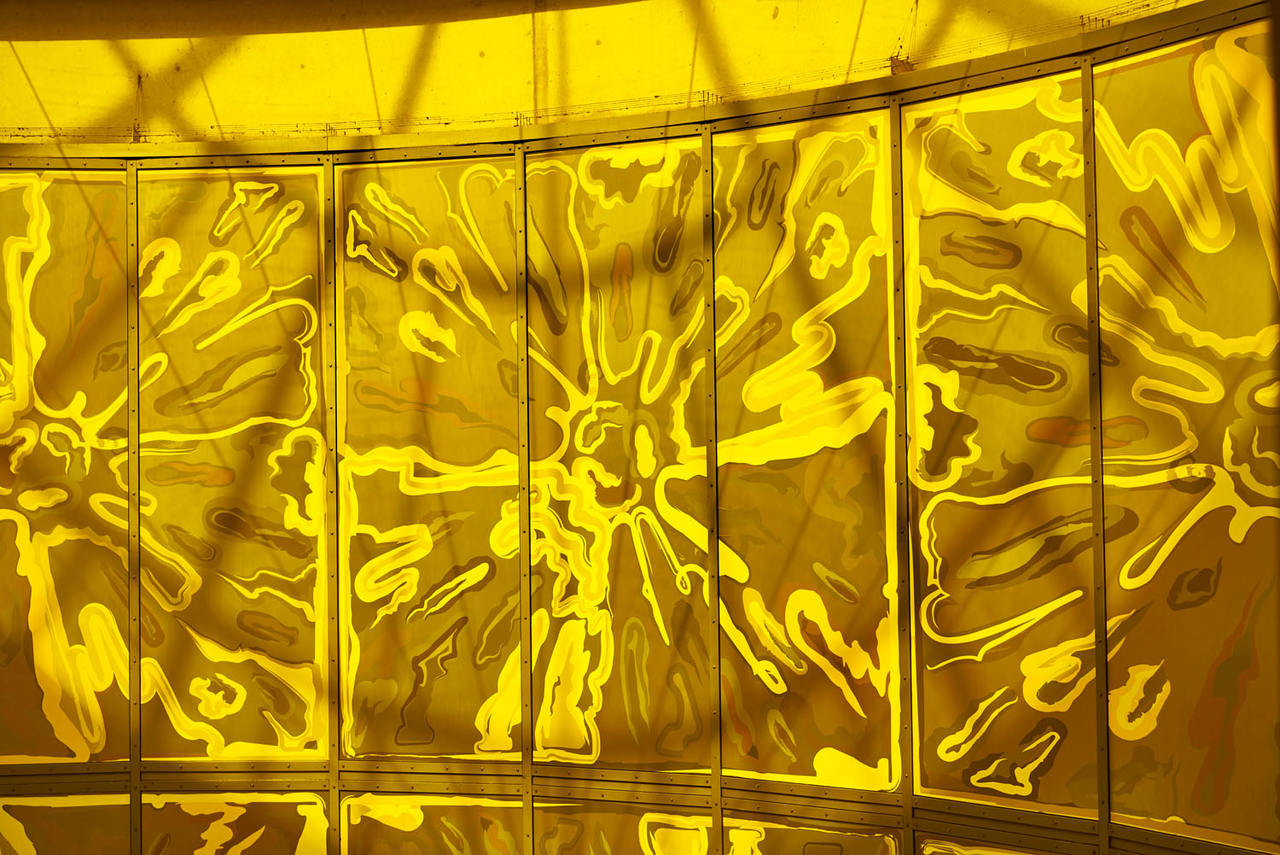
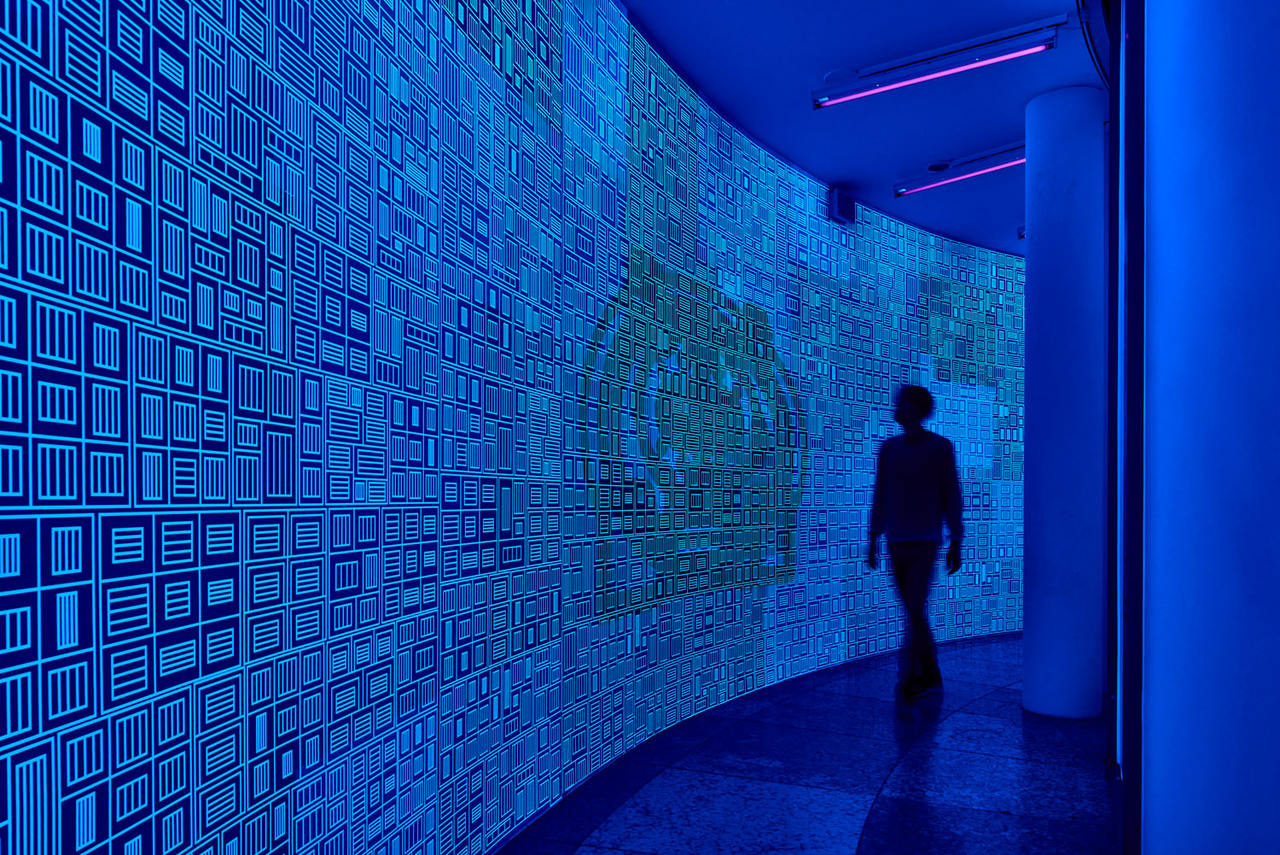
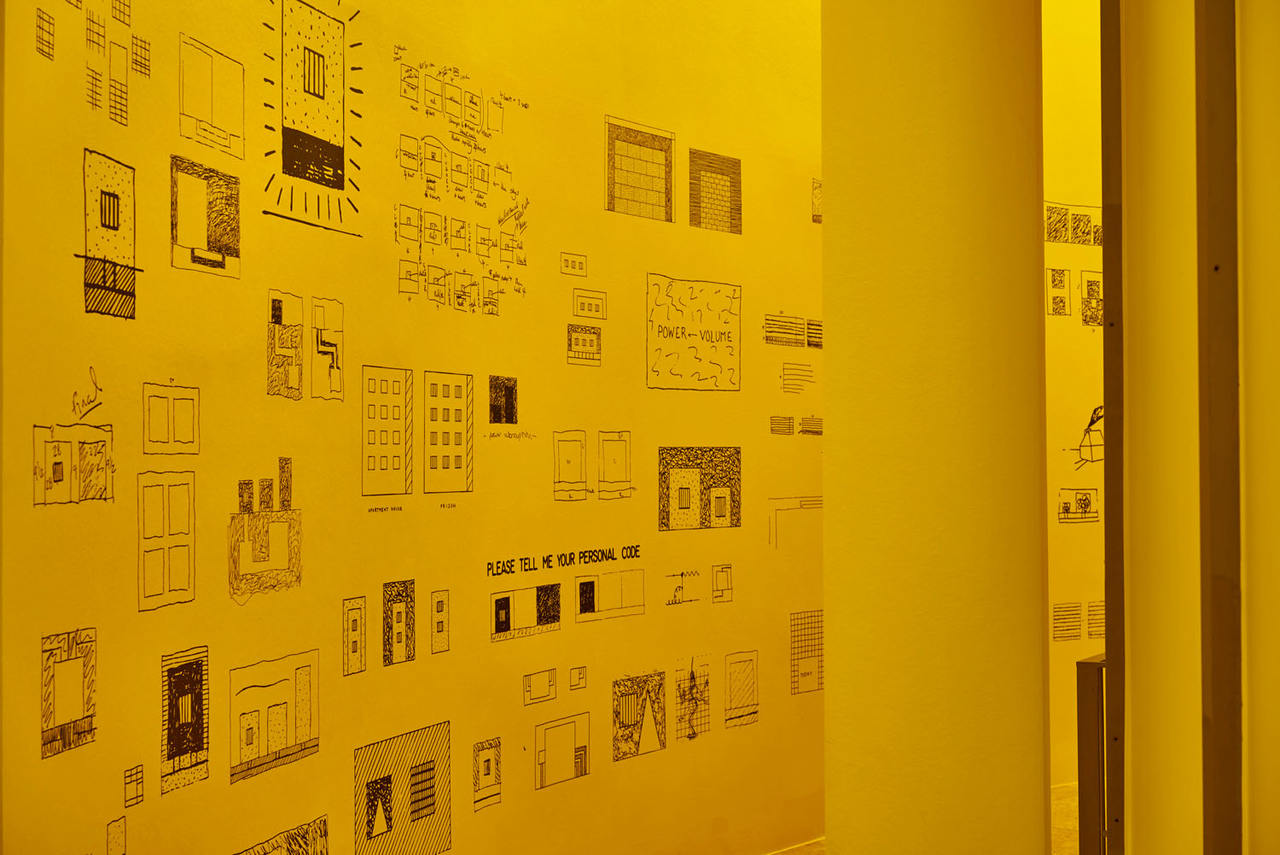
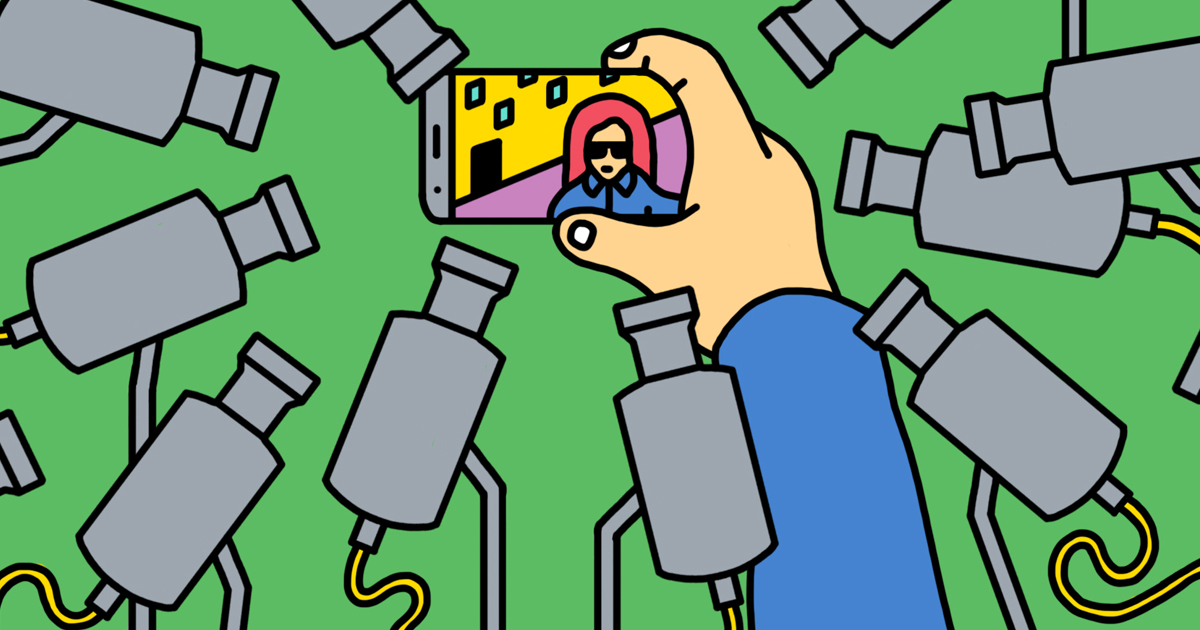
When Selfies Become Surveillance Beacons
A person can be identified just as much by their face as by their fingerprints. This is immensely important for the nascent surveillance society.
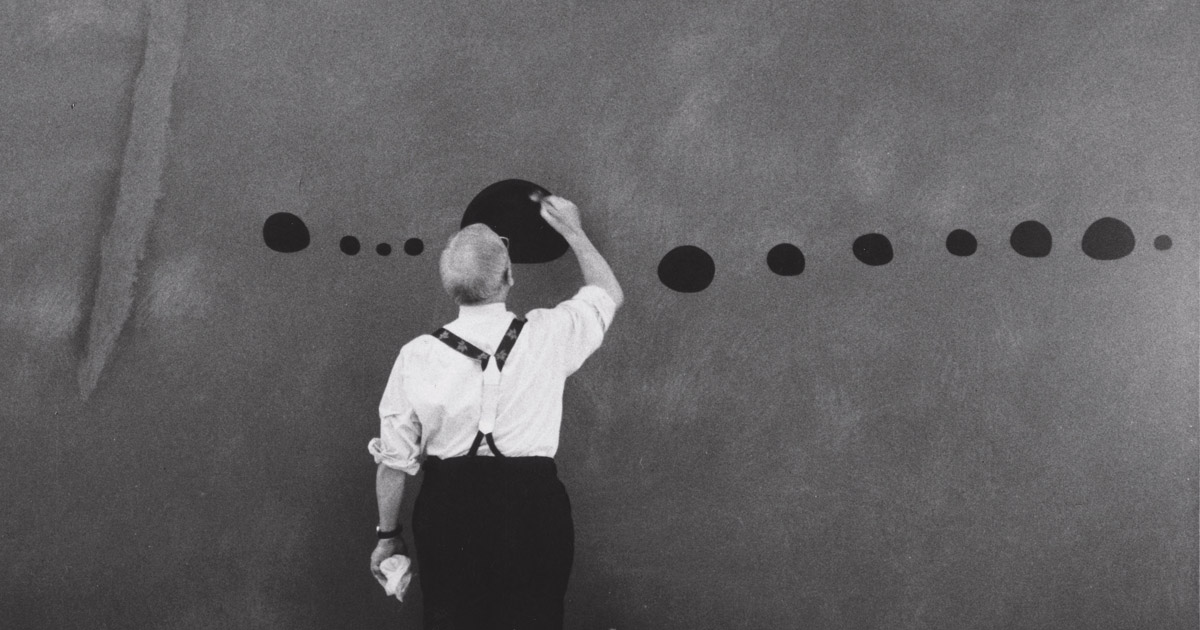
The Catalan of Paris
Joan Miró’s younger years were defined by his conservative family home – that is until he broke away and sought freedom, which he ultimately would...
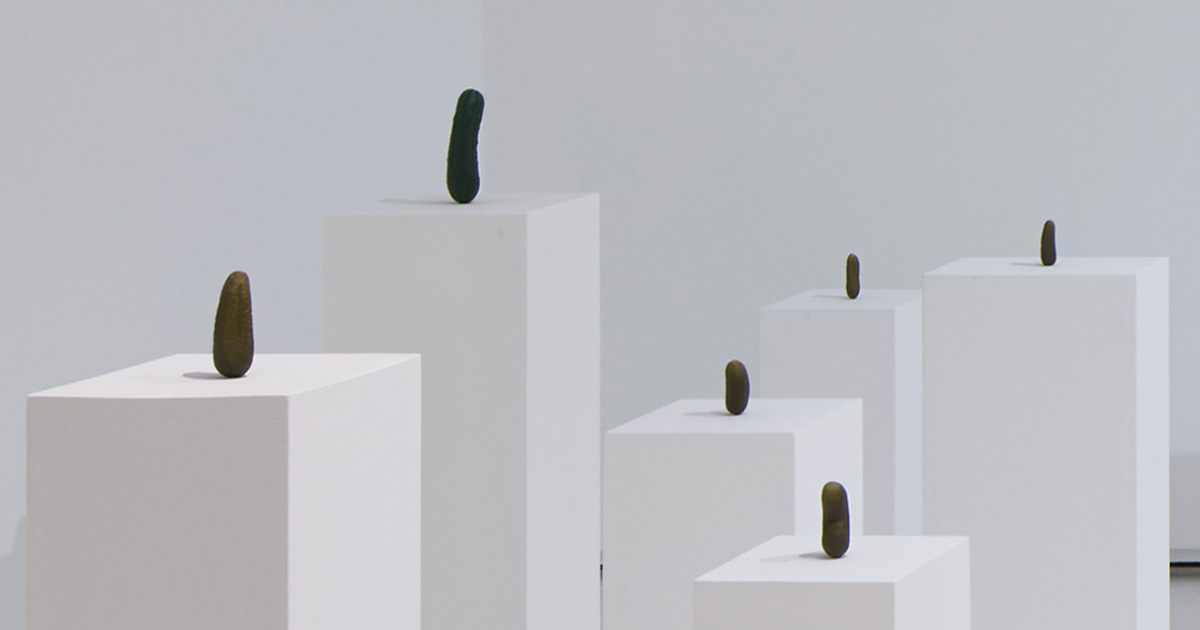
Wit and irony as an artistic strategy
No cold collation would be complete without pickled cucumbers: on Erwin Wurm’s work “Selbstporträt als Essiggurkerl”.
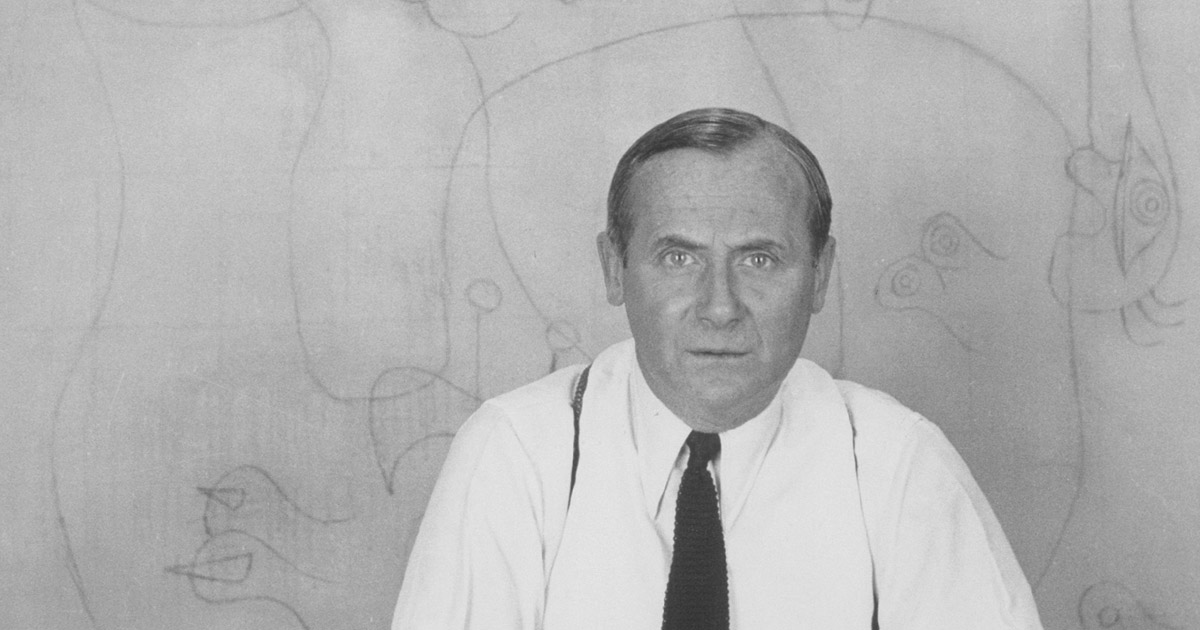
The artist and the War
The Civil War, Franco’s dictatorship and fascism all had a significant influence on Joan Miró’s work. The painter made no secret of the fact that his...